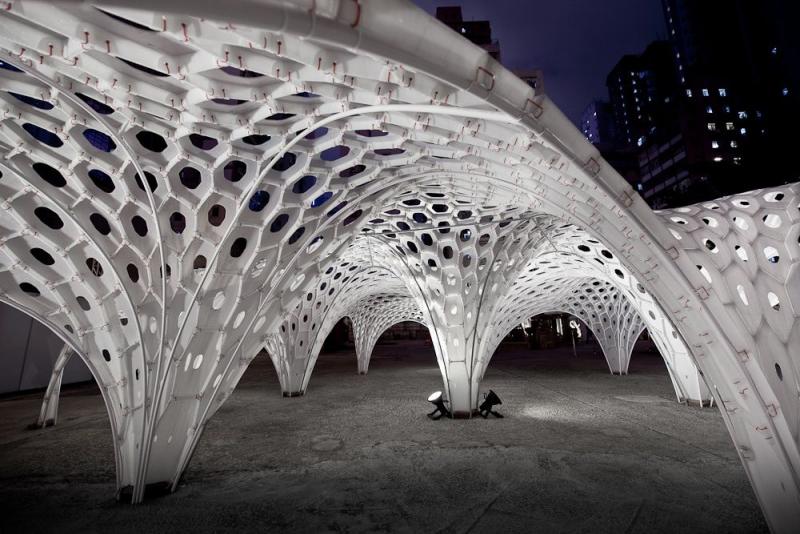Mass Customization Made Possible
3D printing and CNC machining are enabling manufacturers to offer mass customization by producing customized parts on-demand. Through digital fabrication methods, variations in designs can be incorporated without the need to reconfigure manufacturing processes or tooling. As designs are reproduced digitally rather than physically, there is no effective limit to the variety of geometries and features that can be integrated into products.
This has huge implications for how manufacturing is conducted. Rather than producing large volumes of standardized parts, companies can meet customer needs precisely by fabricating custom components. Inventory costs are reduced since there is no overproduction, while opportunities for new revenue streams open up as niche and bespoke product lines become commercially viable. mass customization promises to reshape supply chains and bring production closer to the point of consumption.
On-Demand localized Manufacturing
Digital Fabrication heralds the dawn of distributed, on-demand manufacturing. By enabling the production of parts virtually anywhere, 3D printing and CNC mills allow factories to be located nearly anywhere. Production need not be consolidated in large centralized facilities but can instead be localizedaccording to regional demand patterns. Manufacturers will be able to fabricate replacements, repair parts or prototypes in facilities close to customers, cutting down delivery times and logistics costs.
Additionally, distributed manufacturing promotes local economies. Small businesses and entrepreneurs can establish micro-factories to serve their communities, reducing import dependency and creating local jobs. The personal fabrication of components by individuals using desktop 3D printers and CNC machines in their homes or workshops takes distributed manufacturing to an even more granular level. The globalization of manufacturing is giving way to its localized dispersal.
Enabling Complex Geometries
Digital fabrication lifts many of the physical constraints that hamper conventional subtractive and formative production methods. Parts can be designed with finely detailed geometries, intricately branching internal structures, conformal cooling channels and lattice architectures that would be impossible to machine from solid blocks or mold.
By building products layer-by-layer or subtracting excess material iteratively, 3D printing and CNC machining open up whole new realms of functional design. Complex organic shapes inspired by nature can further engineering goals like lightweighting, sensory instrumentation and energy absorption. Medical implants, aerospace components, molds and tooling benefit greatly from the design freedoms these technologies unlock. Their complex structures often improve performance characteristics while reducing raw material needs.
Streamlining Prototyping
Additive and subtractive manufacturing allow engineers to visualize, test and refine designs in quick iterative cycles. With digital fabrication, prototypes can be produced directly from 3D CAD files, bypassing the delays of tooling, machining, casting or outsourcing. The transformation from virtual models to physical parts occurs in hours or days rather than weeks.
Design verification and customer approval processes are accelerated as multiple prototype variations may be effortlessly fabricated. Changes to dimensions, features, surface finishes or topologies can be validated non-destructively through rapid iterations. With CNC machining centers and high-precision 3D printers, prototypes require little or no post-processing and operate as should the final product. This streamlines the product development cycle tremendously.
Sustainability Through On-Demand Production
Digital fabrication promotes sustainability by reducing waste inherent to conventional subtractive production and traditional manufacturing processes which rely on economies of scale. By precisely crafting each part individually as needed, 3D printing and CNC machining eliminate overproduction, imperfect parts and trim losses.
Distributed on-demand manufacturing localizes production and shortens supply chains, lessening the carbon footprint of transportation. Meanwhile, digitization fosters the sharing of design files, automating repetitive tasks and improving material and energy efficiency. As sustainable production techniques mature, 3D printable and CNC machined components made of recyclable or biodegradable thermoplastics could greatly reduce industrial waste. Emergent additive processes like concrete or food printing open new doors for sustainability too. Overall, digital fabrication's flexible, on-demand approach champions lean manufacturing principles.
Get more insights on Digital Fabrication
